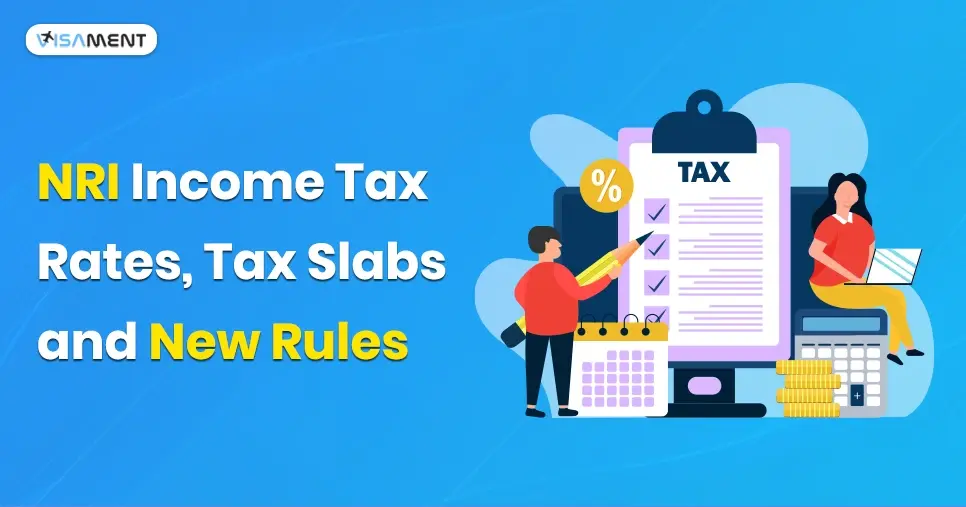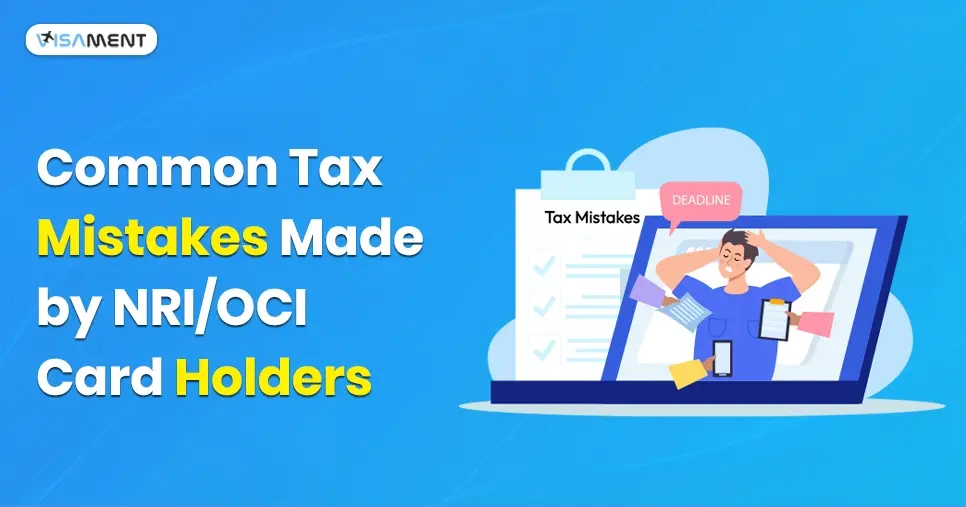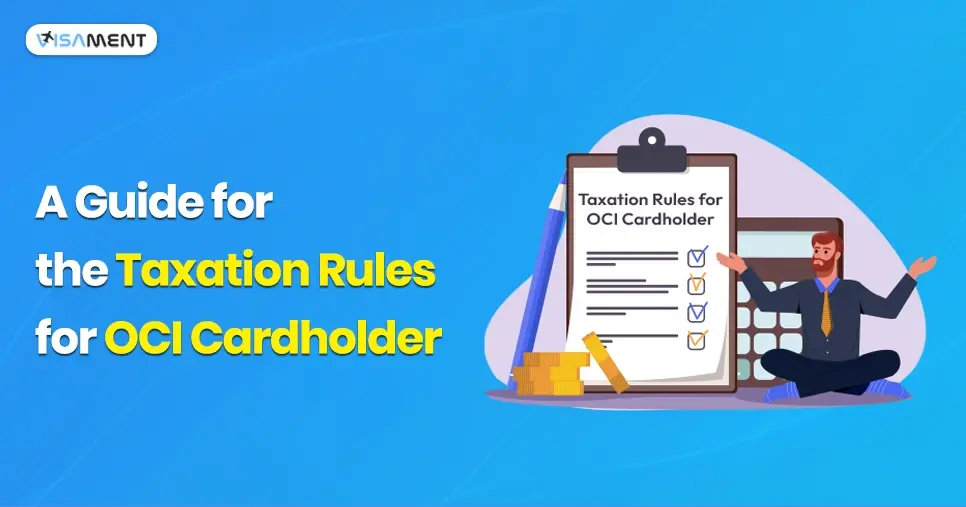Need more help? Connect with us anytime through WhatsApp and get your query resolved instantly.
 Chinese yuan
Currency
Chinese yuan
Currency
The Chinese Yuan is the official currency of the People’s Republic of China. It is issued by the central bank, the People's Bank of China (PBOC). One Yuan is divided into ten jiao, and one jiao can be further divided into 10 fen. The symbol for the Chinese Yuan CN¥, ¥.
| Symbol | ¥ |
| Nicknames | Chinese yuan |
| ISO 4217 code | CNY |
| Country Name | China |
| Country Code | 86 |
| Price in USD | 7.25 |
| Countries using this currency | China |
Overview of Currency
Description
The Chinese Yuan Renminbi (simplified Chinese: 人民币), commonly known as CNY, which means “people’s currency” and serves as the official currency of the People’s Republic of China. While “Renminbi” refers to the name of the currency, the “Yuan” denotes the basic unit of the Chinese currency. The symbol of the Chinese Yuan Renminbi Currency is ¥, but because this symbol is also used in the Japanese Yen (JPY), CN¥ is also sometimes used to differentiate it.
Introduced in 1948, the renminbi is abbreviated as RMB, although this is not an official currency code. In Hong Kong markets, where they trade the China currency at free-floating rates, an unofficial code -CNH is used. The RMB serves as one of the most-held reserve currencies globally, while positioned as the eighth-most traded currency in the world.
A single Yuan (Chinese: 元) is divided into ten jiao (Chinese: 角), and each jiao can be further divided into 10 fen (Chinese: 分). China’s central bank, the People’s Bank of China (PBOC), issues China’s currency in 10 denominations: ¥0.1, ¥0.2, ¥0.5, ¥1, ¥2, ¥5, ¥10, ¥20, ¥50, and ¥100. The Renminbi coins are issued in 6 denominations: ¥0.01, ¥0.02, ¥0.05, ¥0.1, ¥0.5, and ¥1.
Economy
- The People’s Republic of China has a market-oriented economy, with the service sector contributing nearly 52% of the total gross domestic product (GDP).
- As of 2020, China was the second-largest national economy in terms of nominal GDP, with the country’s GDP estimated at more than US$14 trillion.
- It is predicted that China will become the world’s largest economy by nominal GDP by 2028.
- China is famous for being the largest manufacturer and exporter of goods, as a result ranking as the second largest importer of goods in the world.
- Key export products include textiles, steel, iron, medical items, data processing, electrical goods, and other machinery.
- Import products include plastics, metal ores, organic chemicals, oil, mineral fuels, and medical equipment.
- In 2020, China had the largest labour force in the world, with 778 million workers and an unemployment rate estimated at around 4 percent.
- Since the Chinese government initiated its economic reforms in 1978, the country has been rapidly growing major economy in the world with growth rates averaging 10% over 30 years.
- The country also has the 10 most competitive financial centres: Shanghai, Hong Kong, Beijing, and Shenzhen.
- Three of the 10 largest stock exchanges in the world: Shanghai, Hong Kong, and Shenzhen, also belong to the People’s Republic of China.
- In 2020, China hosted 129 of the largest companies in the Fortune Global 500.
- The country holds the world’s largest foreign exchange reserve worth $3.1 trillion.
History
- The People’s Bank of China introduced the first edition of the Chinese Yuan Renminbi in 1948. Initially, the RMB was issued in banknotes only.
- A significant revaluation happened in 1955, resulting in the introduction of the new yuan renminbi at an exchange rate of 1 new yuan to 10,000 old yuan.
- Over the 1950s, multiple series of the China currency have been issued, including their own banknotes and coins.
- In 1978, a dual-track currency system was introduced, with the Chinese yuan renminbi restricted to be used for domestic transactions only. Thus, foreigners were required to use exchange certificates, which led to a strong black market.
- The dual-track system was eventually abandoned in the 1990s.
- From 1997 to 2005, the China currency was pegged to the US dollar with an exchange rate of nearly 1 USD to 8.3 CNY.
- Since 2006, the Chinese Renminbi has had a floating exchange rate.
Trivia
- The term “yuan” means “round”.
- The nickname “redback” is used to refer to the Chinese Renminbi, likewise to the slang term used for the US dollar, “greenback”.
- In 2019, China’s central bank announced that a digital renminbi, also known as DCEP (Digital Currency Electronic Payment), was going to be introduced soon. However, China’s digital currency will not be based on cryptocurrency.
Most Popular Currency Pairing For Chinese yuan
We Are Trusted and Used By Millions Internationally.
Track Your Application, Use the Forum, Converter & Find Centers
Frequently Asked Questions
The full form of the CNY currency is the Chinese Yuan Renminbi, which is the official currency of China and means “people’s currency.”
The currency of China is called the Chinese Yuan Renminbi, which is symbolized as ¥.
Yes, CNY and RMB are the same thing when referring to the Chinese currency. “RMB” stands for “Renminbi”, which means “people’s currency”, while CNY is the abbreviation for the same.
The full name of RMB is Renminbi, also known as the Chinese Yuan.
No, China does not use two currencies. However, the Chinese money is referred to by two names, which are the Chinese Yuan (CNY) and Renminbi (RMB). The RMB is the official currency of China.
The CNY is the ISO code for the domestic currency traded only within Mainland China, and is also sometimes known as onshore renminbi. While CNH is the code used for international Chinese currency, which is traded outside of Mainland China, and is sometimes referred to as offshore renminbi.
1 CNH in dollars is equal to 0.137605 USD.
Yes, the two terms Yuan and Renminbi are the same and are often used interchangeably. The main difference is that RMB is the official currency of China, whereas the Yuan is the principal unit of measurement within the RMB.
























